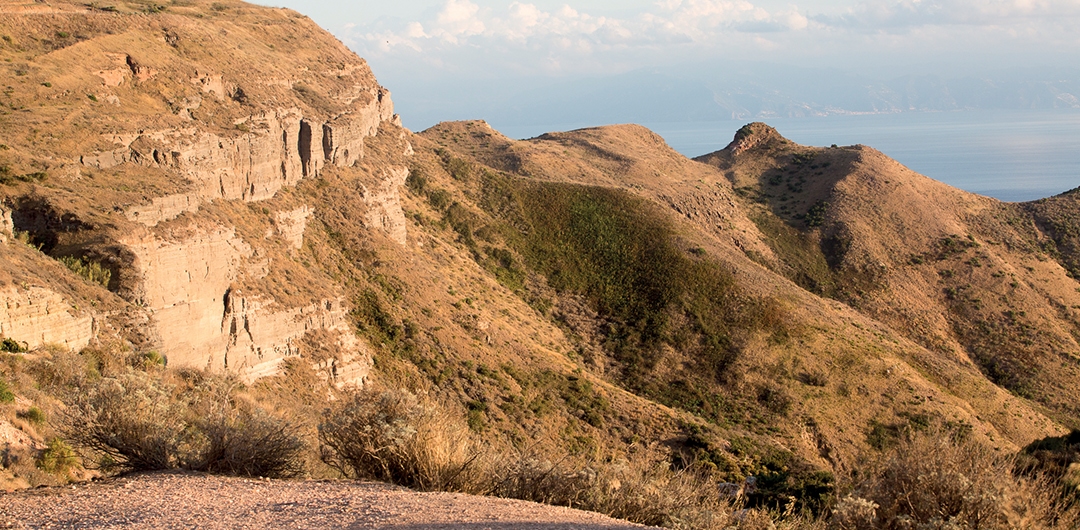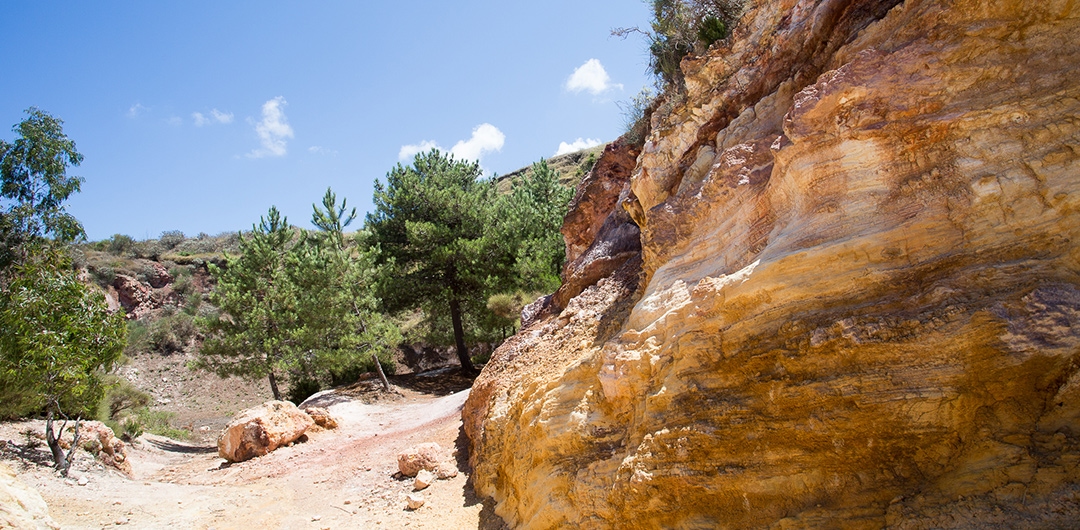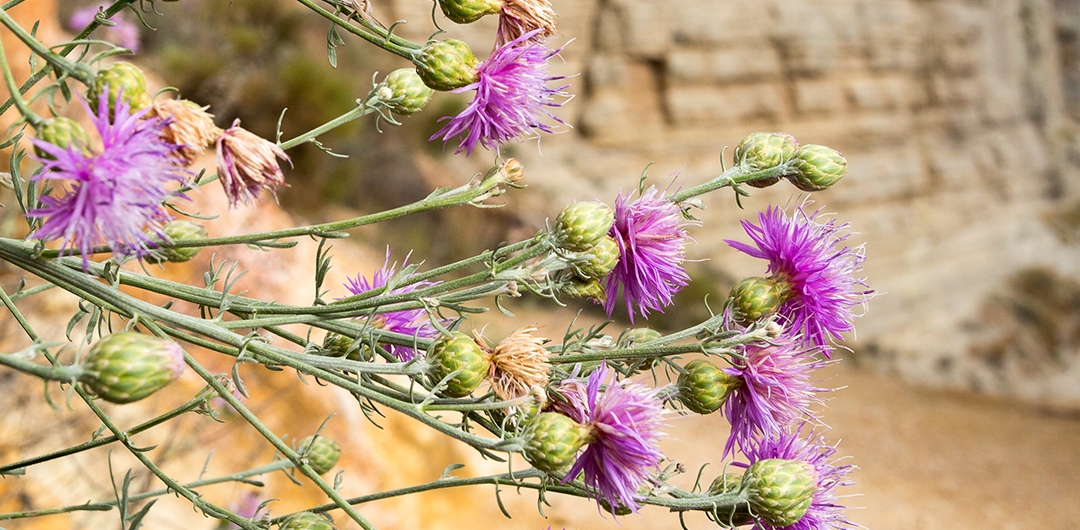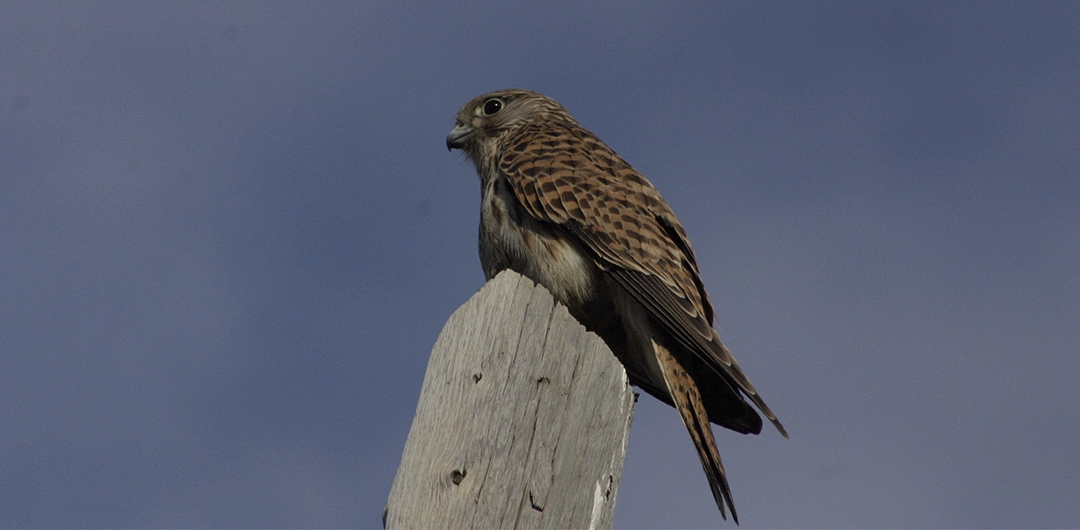The path that descends from the quarries to the valley runs along a wall a hundred meters high and shaped like “a spoon”, where a succession of densely stratified volcanoclastic deposits is clearly visible. Between 125.000 and 80.000 years ago, those deposits filled a lake which existed in the depression between the mountains of Monte Mazzacaruso and Timpone Pataso.
The deposits of Palaeolagus of Timpone Pataso have given back a rich fossil testimony of the flora present around its banks: the dwarf palm, the laurel and the Cytisus aeolicus.
Timpone Pataso is the most important palaeontological site of the Eolian island.




